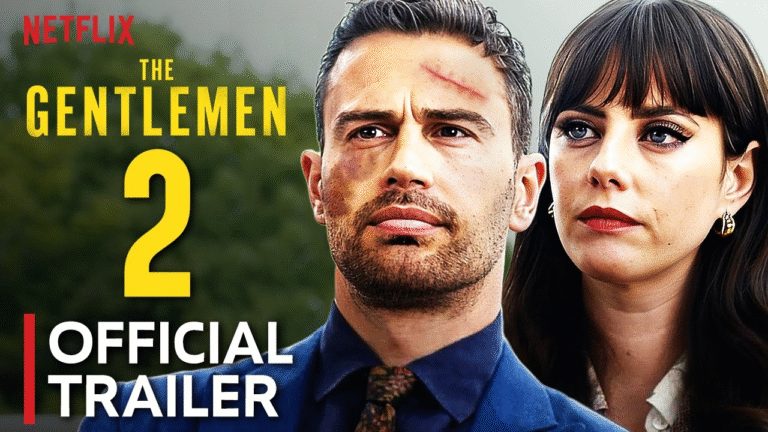Titanic II: Exploring the Sequel
The original “Titanic,” directed by James Cameron, remains one of the most iconic films in cinema history. Released in 1997, it captured audiences with its tragic love story set against the backdrop of the ill-fated maiden voyage of the RMS Titanic. The film’s stunning visuals, haunting score, and compelling performances cemented its status as a classic. However, the idea of a sequel, “Titanic II,” has stirred curiosity and debate among fans and critics alike.

“Titanic II,” released in 2010, is a much different film than its predecessor. Directed by Shane Van Dyke, this sequel is set 100 years after the original tragedy. The plot centers around a modern-day luxury cruise liner, also named Titanic II, that sets sail on the same route as the original ship. This film, however, is not a romantic epic but rather a disaster film filled with familiar tropes.
The film begins with the launch of Titanic II, a symbol of human ingenuity and progress. The ship is equipped with state-of-the-art technology and boasts lavish amenities. As the vessel embarks on its journey, passengers are excited, unaware of the impending disaster. Shortly into the voyage, a massive iceberg threatens the ship, echoing the fate of its predecessor. This scenario leads to chaos, panic, and a struggle for survival, reminiscent of the original Titanic disaster but lacking its emotional depth.
Critics have generally panned “Titanic II,” citing its reliance on clichéd disaster movie elements rather than developing characters or a meaningful narrative. The special effects and action sequences are often criticized for not capturing the same sense of awe and tragedy that the first film achieved. While the film attempts to pay homage to the original Titanic, it falls short in terms of storytelling and character development.
Despite its shortcomings, “Titanic II” does serve as a reminder of the Titanic’s enduring legacy. It raises questions about hubris and the consequences of repeating historical mistakes. The sequel’s attempt to replicate the original’s tragedy can be viewed as a commentary on society’s tendency to overlook the lessons of the past.
While “Titanic II” may not hold a candle to Cameron’s masterpiece, it does contribute to the ongoing fascination with the Titanic story. The enduring allure of the Titanic—its grandeur, its tragedy, and its impact on culture—continues to inspire new interpretations and explorations. In a way, both films reflect different aspects of human nature: the romance and hope embodied in the original and the cautionary tale presented in the sequel.
In conclusion, while “Titanic II” may not be a worthy successor to the original, it highlights the Titanic’s legacy and the human stories that emerge from tragedy. The sequel serves as a reminder that, even in its imperfection, the Titanic saga remains a poignant reflection on love, loss, and the passage of time.



